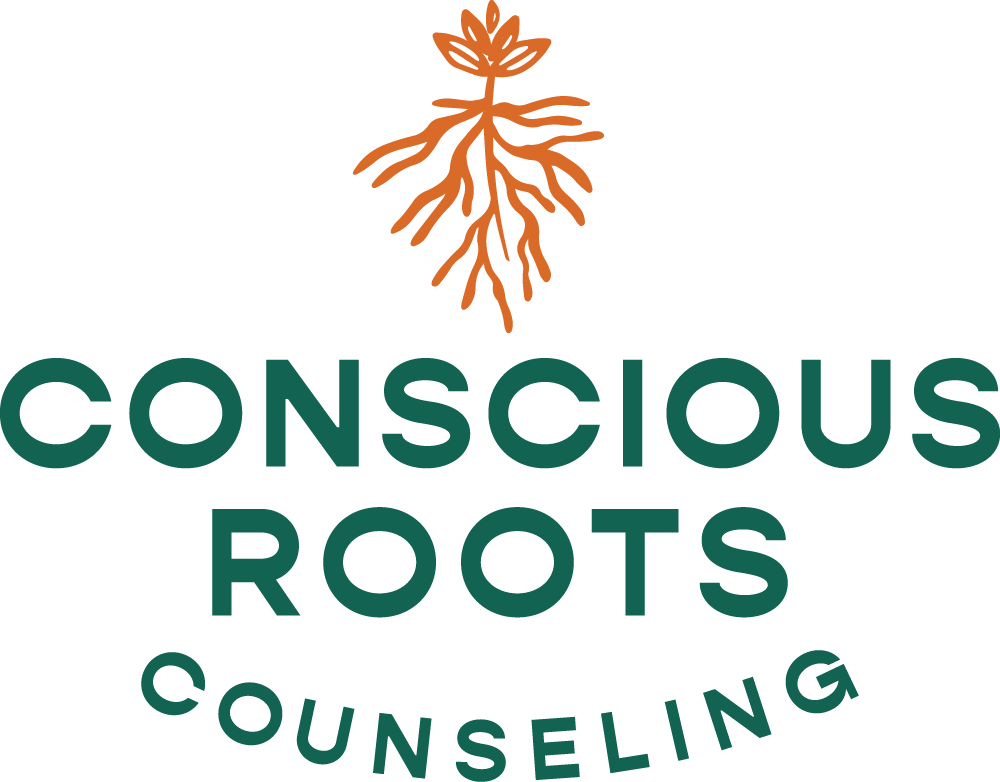Reacting, Responding, and “The R’s” in Between
Humans have many roles in their lifetime. Roles such as parents, co-workers, siblings, spouses, and so many more define a large portion of who we are. With each of these roles comes the challenges associated with conflict and compromise. Sometimes we are able to defuse a conflict and other times we are looking back wondering why we acted in the way that we did. This can cause anxiety within us as we overthink particular situations and replay them in our mind over and over again. By learning more about “The R’s,” we are better able to effectively handle conflict and compromise as well as manage mental health symptoms when they arise.
Reacting or Rupturing
Reacting: The first, immediate, and impulsive “thing” we do. This “thing” could be a thought (usually said out loud), feeling, behavior, or all of the above. These “things” are usually driven by triggers, beliefs, insecurities, fears, past traumas, or biases to defend ourselves. They often lack perspective or consideration for the long-term impact.
Common phrases related to a reaction are:
The heat of the moment
Hit a nerve
My emotions got the best of me
Blew a gasket
Reactions are a sign of dysregulation. Looking back on these particular situations, “shoulding” on oneself is common. You may wind up feeling guilty for your unfiltered reaction and wishing you would have said or done something differently to manage your emotions in the particular moment.
Responding or Repairing
Responding is what we all wish we could do 100% of the time. Responses are intentional and take time. They are rooted in self-awareness, core values, needs, and boundaries. A response is motivated by our desire to understand, connect, and problem-solve. A response takes the long- term impact of self and others into consideration.
Common phrases related to a response are:
I took some time to think about it
I cleared my head
I understand why I reacted the way I did
Responses are a sign of regulation. They are ideal in any given situation, but how do we get there? Let’s take a closer look at “The R’s” in between Reactions and Responses.
Regulation
In order to response instead of react, your body needs to be regulated in the moment. Instead of doing something you may regret (reacting), it is important to pause and regulate. This allows you to take a time-out before you generate a response. Regulation can involve a variety of strategies such as deep breathing, taking a walk, rocking your body, meditation, listening to music, etc. Everyone has their own regulation techniques that work for them and it is important to find what works for you! Therefore, if you get yourself all fired up in the heat of the moment, allow yourself to take a step back and regulate. Communicate your boundaries and needs to the individual(s) you and conversing with.
Reflection
After you feel regulated, it is important to reflect. Reflect on the situation and ask yourself:
What emotions am I feeling?
What do I want to communicate?
What am I motived by in this moment?
Am I being respectful?
What are the likely consequences if I do x?
Will my actions accurately represent who I am?
What was the trigger for me in this situation?
Reflection allows you to increase your self-awareness and help you better understand your wants, needs, boundaries, and beliefs. It helps you understand where the immediate, impulsive reaction is coming from.
Rupture, Repair, and Parenting
We are human which means we are going to have those moments when we react (rupture) instead of respond (repair). We aren’t perfect and these mistakes are great opportunities for teaching moments, especially for children. Children often use their mirror neurons to mimic behavior that they see modeled for them. Therefore, if you, as the parent, consistently react to situations rather than respond, you are modeling impulsive, immediate reactions. This may leave you wondering why your child is consistently angry throughout the day or they go from zero to one hundred in a matter of seconds. Combine this with their biological brain-body reaction (fight, flight, or freeze) and you have a dysregulated child that needs a nervous system to borrow. This is all the more reason that you, as the parent, need to regulate yourself. Therefore, by modeling regulation, you are able to provide your child with a more successful way of managing symptoms of anger, anxiety, and other mental health concerns.
Support: I need help with all of this!
In play therapy, therapists work with children and their parents to identify mental health concerns, practice feeling identification, identify helpful regulation techniques, and much more.
Therapist are able to provide psychoeducation related to brain-body responses and how that comes into play when conflict and compromise arises.
